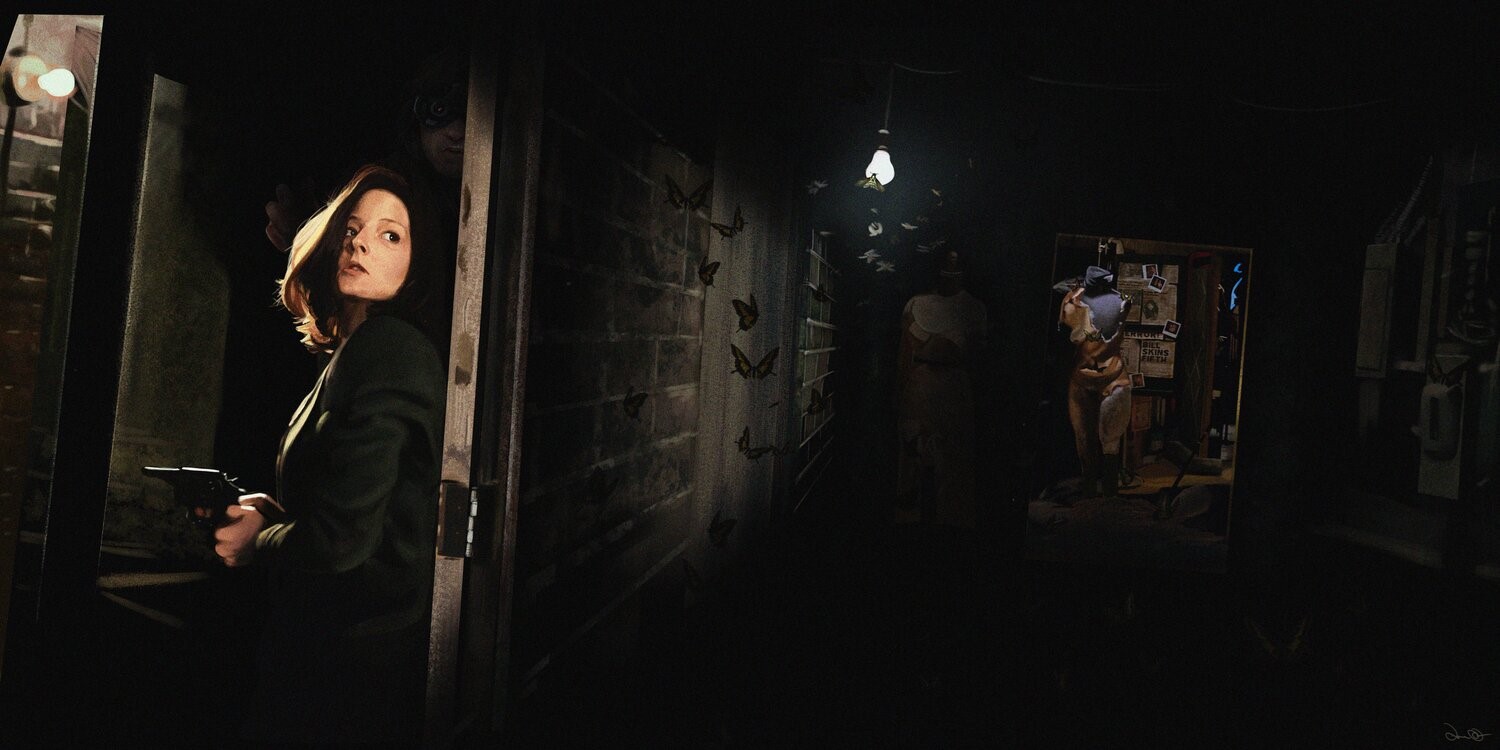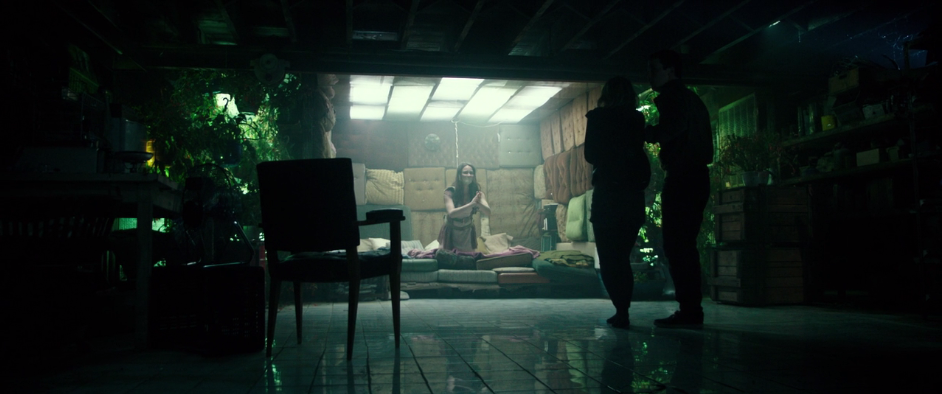There’s something inherently unsettling about a basement. Dark, often damp, and typically reserved for forgotten junk or the hum of a furnace, these subterranean spaces are fertile ground for our deepest fears. They represent the hidden, the repressed, and the unknown depths beneath the veneer of safety. For horror and action filmmakers, the basement isn’t just another room; it’s a potent psychological trap, a stage for the most horrifying reveals, and a claustrophobic chamber where escape feels impossible. But remember, even a small and dark basement can make a beautiful livable space for your family just by remodeling your basement.
We appreciate a good thrill, whether it’s a perfectly choreographed fight scene or a chilling descent into terror. And when it comes to sheer dread, few cinematic locations deliver like a truly horrifying basement. Grab your flashlight and prepare to descend as we explore some of the most unsettling cinematic basements that turned casual storage into pure nightmare fuel.
1. The Evil Dead (1981): The Ground Zero of Supernatural Terror
When Ash Williams and his friends head to a remote cabin, they quickly discover that true horror isn’t just outside—it’s buried directly beneath them. The creaky trapdoor leading to the cellar in Sam Raimi’s The Evil Dead isn’t just a place to store tools; it’s the gateway to ancient evil. It’s here they find the infamous Book of the Dead and a tape recorder, unleashing the demonic Deadites that turn their idyllic getaway into a blood-soaked siege. The basement becomes a character in itself: a dark, muddy, and genuinely terrifying crucible where humanity battles primal forces, often with horrific, visceral results. The claustrophobia, the unseen threats lurking in the shadows, and the constant threat of being dragged into its depths make this basement an iconic example of how a simple space can become the epicenter of unrelenting horror.
2. The Silence of the Lambs (1991): The Chamber of Human Depravity
While Hannibal Lecter’s chilling presence dominates much of The Silence of the Lambs, it’s the dank, makeshift basement “dungeon” crafted by Jame Gumb (Buffalo Bill) that truly chills to the bone. This isn’t a supernatural threat; it’s a horrifyingly real one. When Catherine Martin falls into Gumb’s pit, the audience is plunged into a sickening sense of helplessness. The basement here symbolizes not just captivity, but a descent into the absolute worst of human depravity. It’s a place where light barely penetrates, where victims are stripped of their dignity, and where their desperate cries echo in the oppressive darkness. The terrifying climax, played out in pitch blackness, cements this basement as a truly horrifying place where a serial killer indulges his monstrous urges.

-
Don’t Breathe (2016): The Blind Man’s Twisted Labyrinth
Fede Álvarez’s Don’t Breathe flips the home invasion genre on its head, turning the tables on would-be robbers who discover their blind victim is far more dangerous than they anticipated. The true horror unfolds not just in the dilapidated house, but in its hidden, soundproofed basement. This isn’t where a creature lurks, but where a depraved man keeps his darkest secrets. The basement in Don’t Breathe is a masterclass in tension and claustrophobia, filled with shocking discoveries and a sense of absolute dread. The invaders become the prey in a dark, confined space where their greatest asset (sight) is useless, and every creak and whisper could mean their doom. It’s a grimy, suffocating pit of human cruelty that proves monsters aren’t always supernatural.

-
The Cabin in the Woods (2012): The Archetype of All Horrors
For a meta-commentary on horror tropes, look no further than the ultimate horror basement in Drew Goddard’s The Cabin in the Woods. When the college students descend into the cabin’s cellar, they don’t just find a few ominous objects; they find a literal museum of horror film artifacts, each designed to trigger a specific nightmare scenario. From the unsettling music box to the ancient diary, this basement is a meticulously curated chamber of dread, allowing the characters (and the audience) to choose their own horrific adventure. It’s a brilliant deconstruction of why basements are so effective in horror – they are the subconscious repository of all our fears, ready to be unleashed with the slightest provocation.







